The 10 best wildlife viewing sites in Kenya
Have you ever dreamed of exploring Kenya's natural wonders and witnessing its incredible wildlife up close? Each of Kenya's numerous national parks offers a unique experience, making the decision on where to start your adventure a bit overwhelming. But worry not! You're in the right place. Keep reading to discover the 10 best wildlife viewing sites in Kenya and prepare for a journey that promises to be nothing short of spectacular.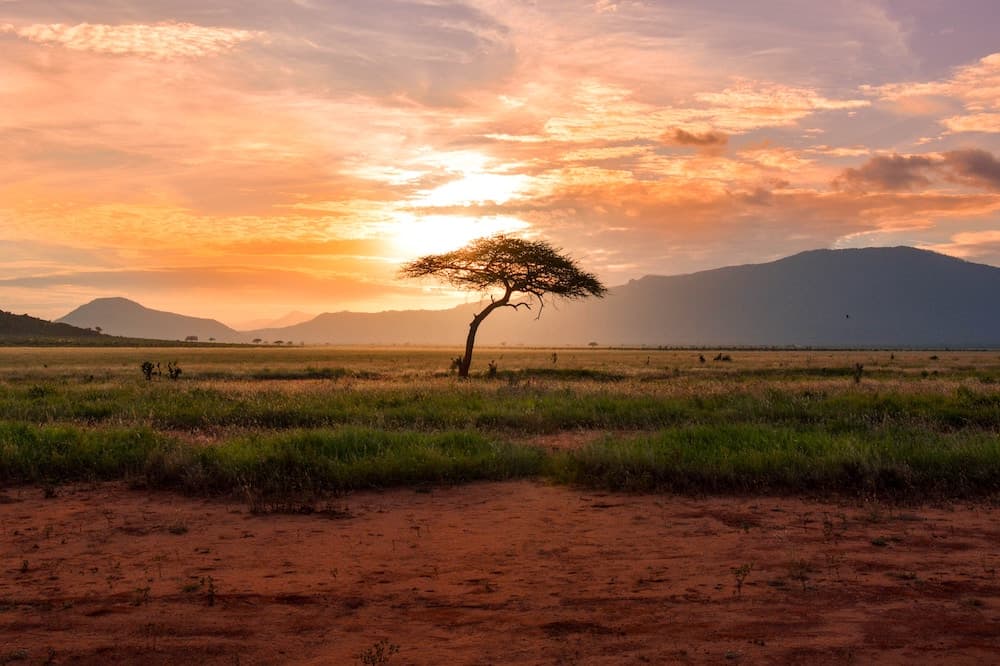
1. Maasai Mara National Reserve
Maasai Mara National Reserve is located in the Great Rift Valley in Kenya. It is known as one of the top destinations to witness the great annual migration/river crossing of the wildebeest. This always takes place from August to October and involves more than 2.5 million animals. You have a good chance of seeing the Big Five, as well as cheetahs, hyenas, hippos, crocodiles and more. 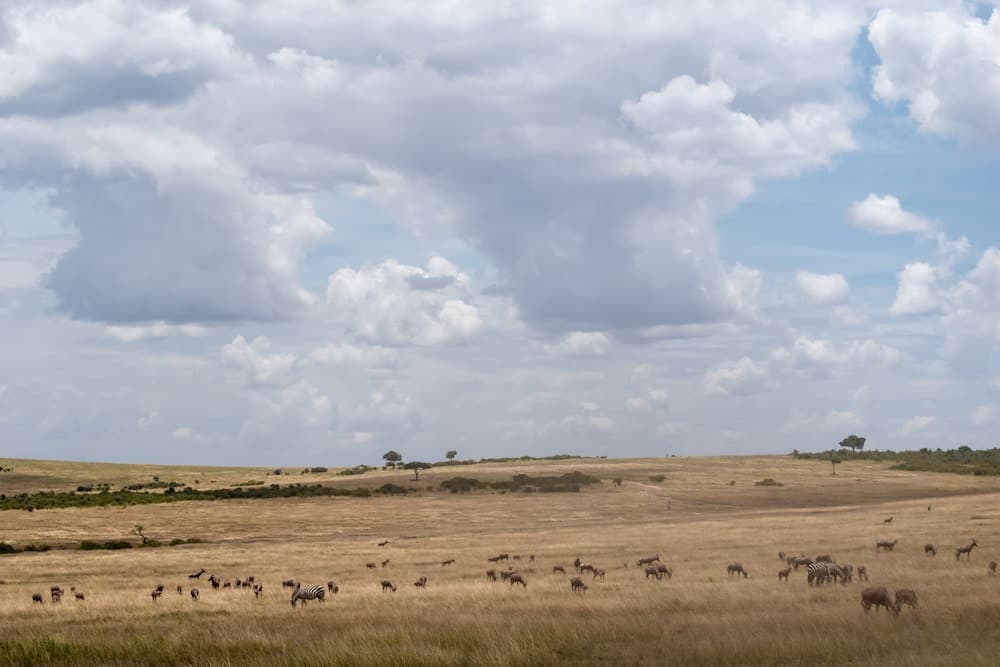
Just keep in mind that Maasai Mara is slightly busier with tourists than other parks in Kenya.
2. Tsavo National Park
One of the oldest and most famous wildlife parks in Kenya is called the Tsavo National Park. Besides being the oldest National Park it is also one of the world's largest nature parks. With vast steppes and beautiful wildlife, such as elephants, giraffes, lions and many birds it is one of the most spectacular parks of the country. 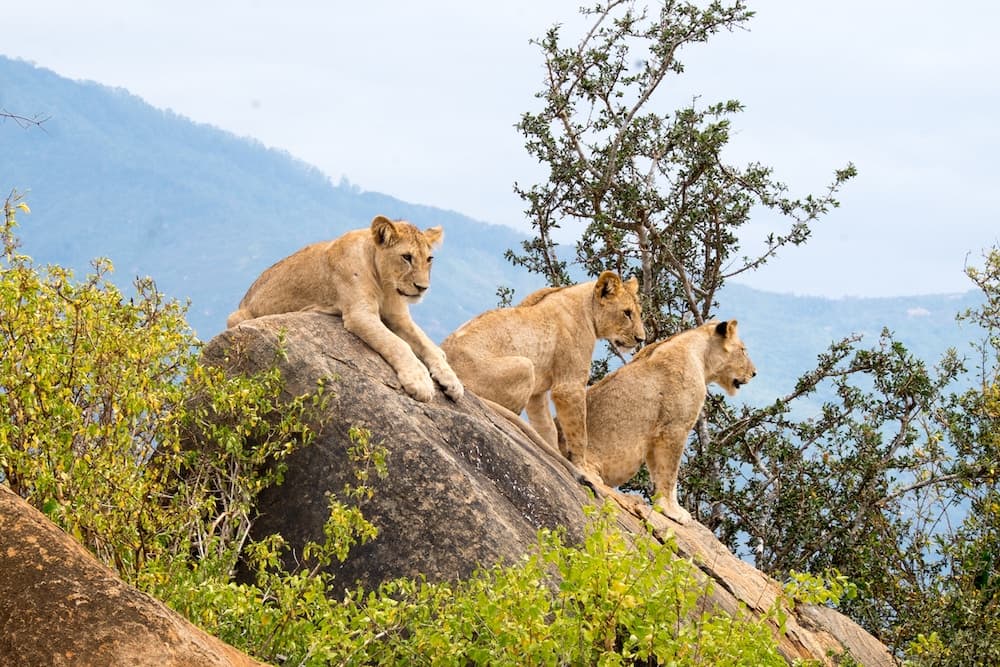
The park is mountainous and you will find lakes, marshes, water sources, large open plains, steep mountains and volcanic rocks. Read more about this park here.
3. Amboseli National Park
Located in southeastern Kenya on the border with Tanzania, Amboseli National Park is one of Africa's iconic safari areas due to its location at the foot of majestic Kilimanjaro. The classic image of elephants or giraffes crossing the savannah plains with the snowy peak of Africa's highest mountain in the background should not be missed if you visit this country. 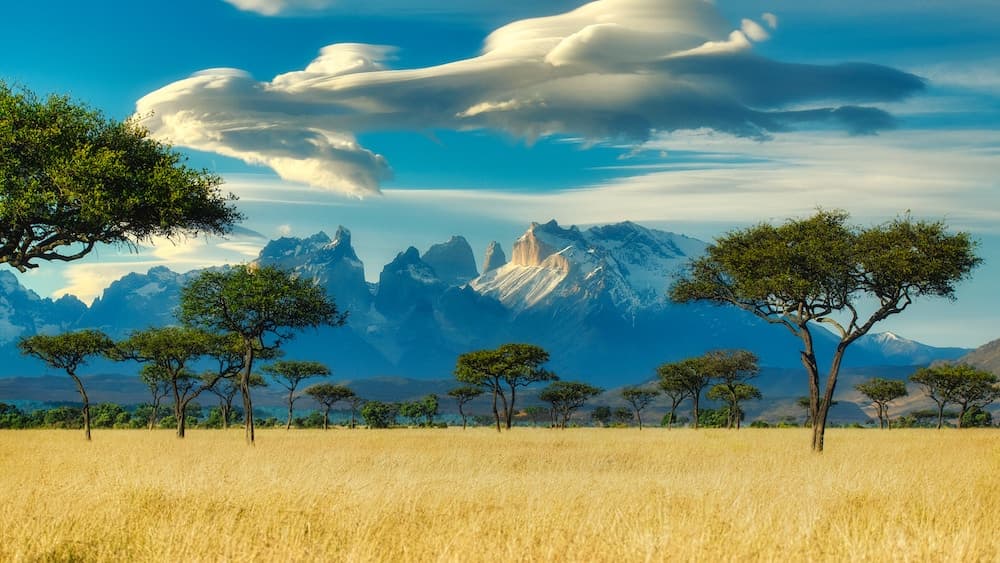
Kilimanjaro is located in Tanzania, but from Amboseli National Park you will enjoy the best views of this magnificent mountain.
4. Lake Nakuru National Park
The relatively small Lake Nakuru National Park is located right next to the town of Nakuru and, despite its small size, it is a popular stop because of its rich biodiversity and convenient location. Lake Nakuru is one of the lakes in the Great Rift Valley. 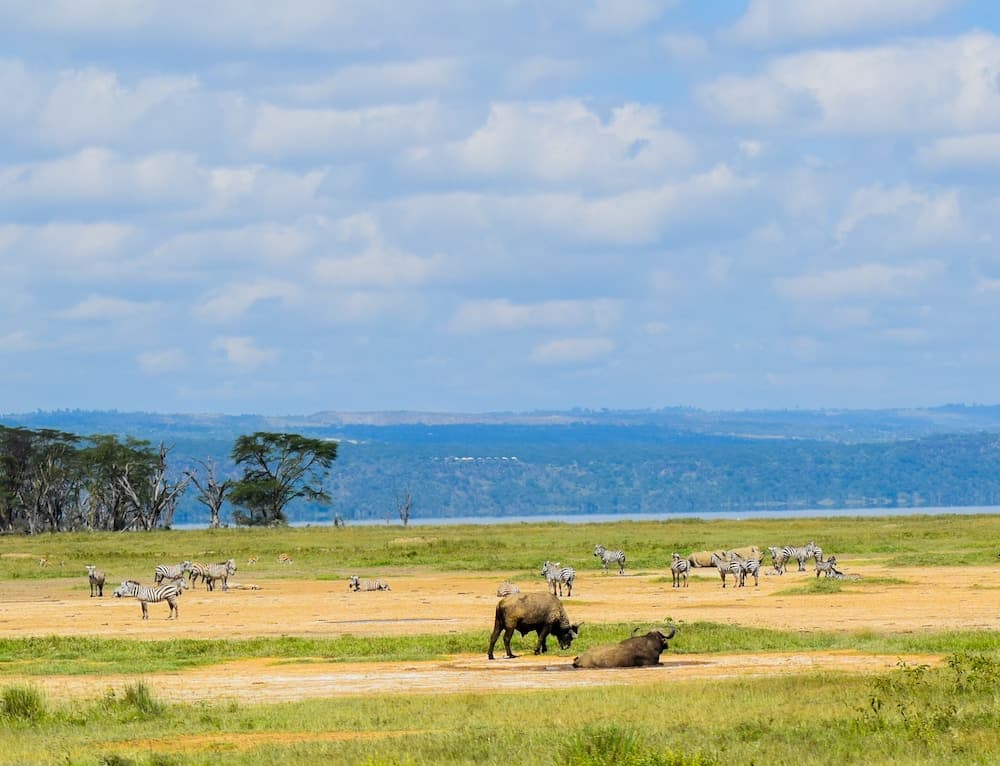
Lake Nakuru's size depends on the season in which it is visited. Around the lake, the park is characterized by grasslands, swamps, rocky outcrops and forests. The lake was once famous for the giant flocks of pink flamingos that covered large areas of the shallow water. The number of flamingos varied from year to year, but since the great floods of 2012 to 2014, very few flamingos nowadays come here to nest and forage. Don't be fooled by some tour operators, this is no longer among the attractions of Lake Nakuru.
5. The Samburu National Reserve
The Samburu National Reserve is a dry semi-desert with acacia trees and yellow-white soil. This game reserve is different from the rest: here you will not only find four of the Big Five but also other special wildlife. For example the Grevy's zebra, the long-necked gerenuk, reticulated giraffe, oryx, and the Somali ostrich.
The Samburu National Reserve is dry. Where other nature reserves have red soil, the ground here is yellow and sometimes bright white. The contrast with the blue sky, brilliant sun and lush vegetation is stunning.
Rock formations, hills and low acacia trees complete the picture. The Ewaso Ng'iro River located in the park is a source of life: not only for the deep green palm trees that line the river, but also for the animals that come to quench their thirst in the drought. Because of this the Samburu National Reserve has an above-average amount of wildlife.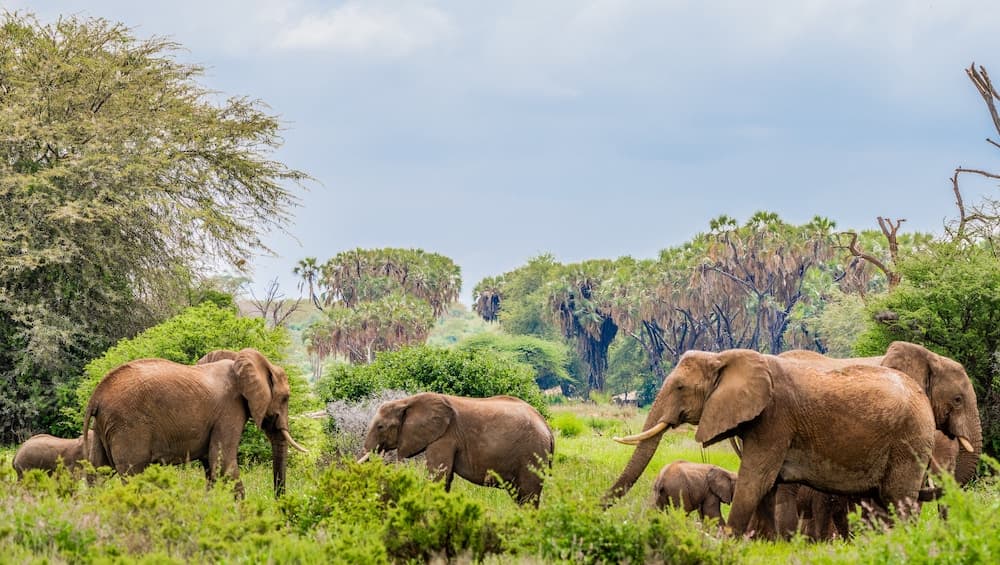
6. Shaba National Reserve
Shaba National Reserve is located a few kilometers (or miles) east of Samburu and Buffalo Springs. This reserve is named after the 1,623 meter (5324 ft) high Mount Shaba. Shaba is the largest and least visited of the three reserves and thus by far the quietest.
Here, too, life is defined by the Ewaso Ng'iro River. The rest of the landscape consists of hilly, thorny savannahs where troops of lions roam.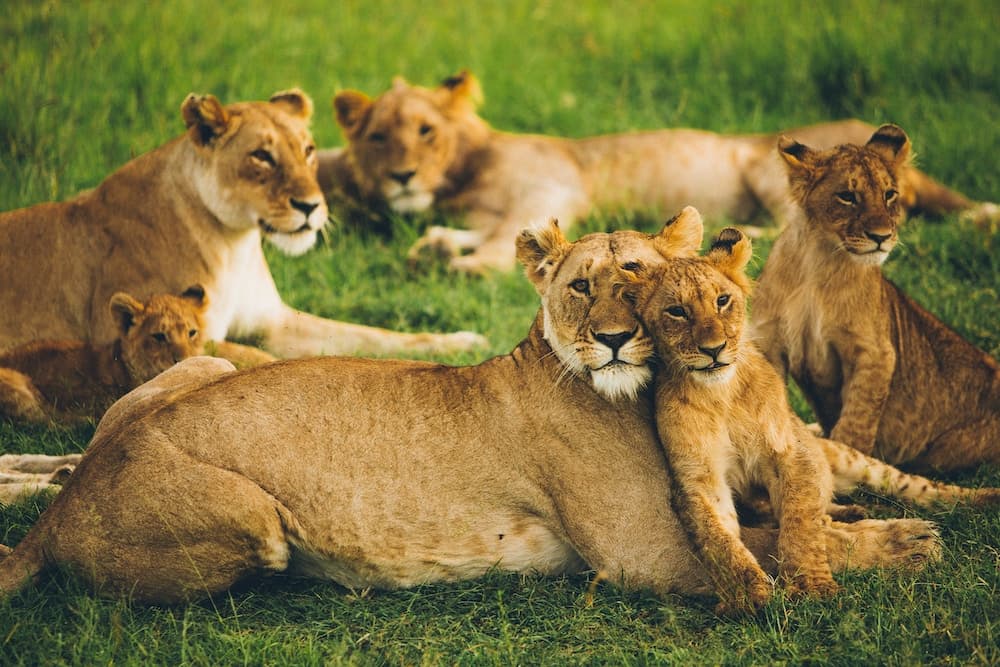
Shaba National Reserve are home to the typical inhabitants of this type of arid region, including giraffe, zebra, gerenuk and oryx. The open, flat landscape gives you excellent chances of seeing lions, leopards and cheetahs.
7. Meru National Park
It was once a notorious poaching area in the 1980s, but in recent years Meru National Park has increasingly emerged as the hidden gem of Kenya. Nearly 900 square kilometers (347 sq miles) of rolling savanna lands stretch out before you.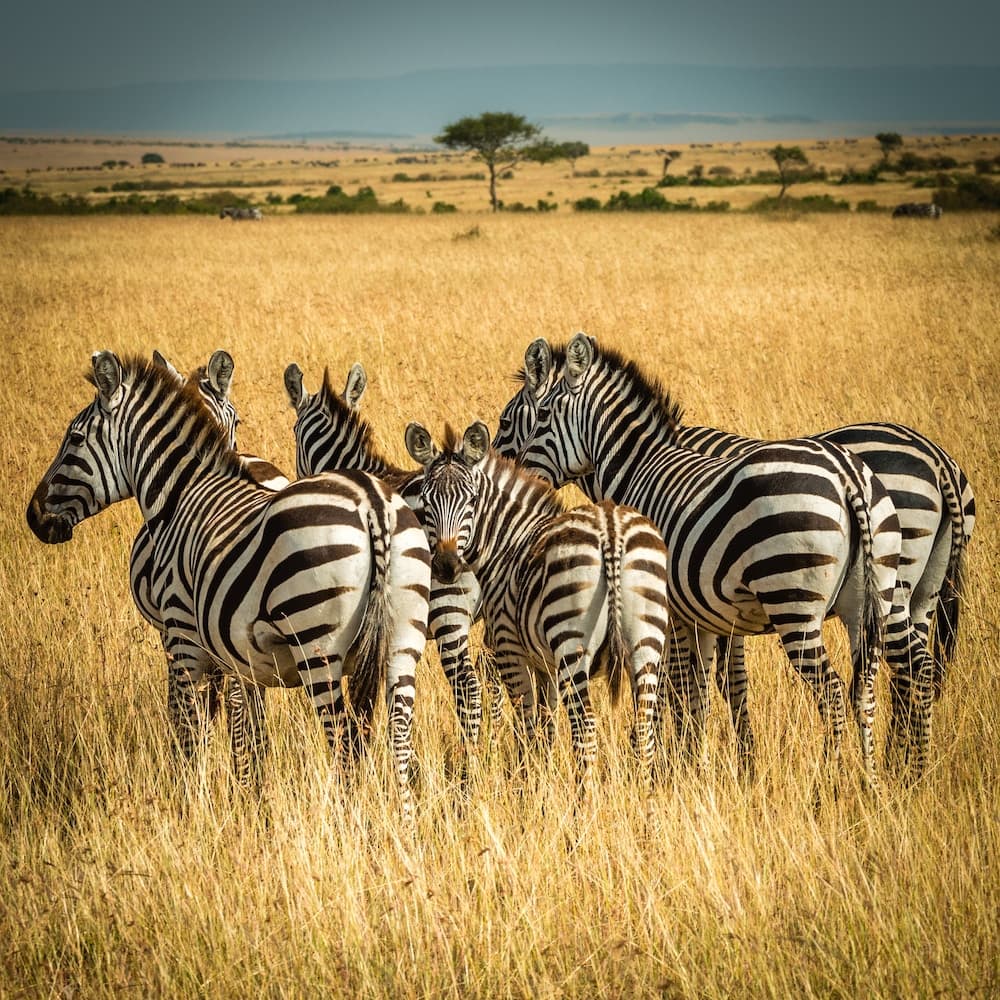
They are covered with tall grasses, palms and acacia trees.The roads in Meru also received a major update in the 1990s. They are now among the best in the country. This has made it a lot easier and more attractive to go on safari in the park. Meru is also touted as real, authentic African savanna country. Ecotourism has boomed there. It's a less-crowded park with diverse wildlife.
8. Ol Pejeta Conservancy
At the Ol Pejeta Conservancy, you'll experience a different kind of safari than usual. Located a four-hour drive from Kenya's capital Nairobi, this is in fact heaven on earth for rhino fans. With 140 black rhinos, this is the largest protected area in Central Africa for these mighty beasts.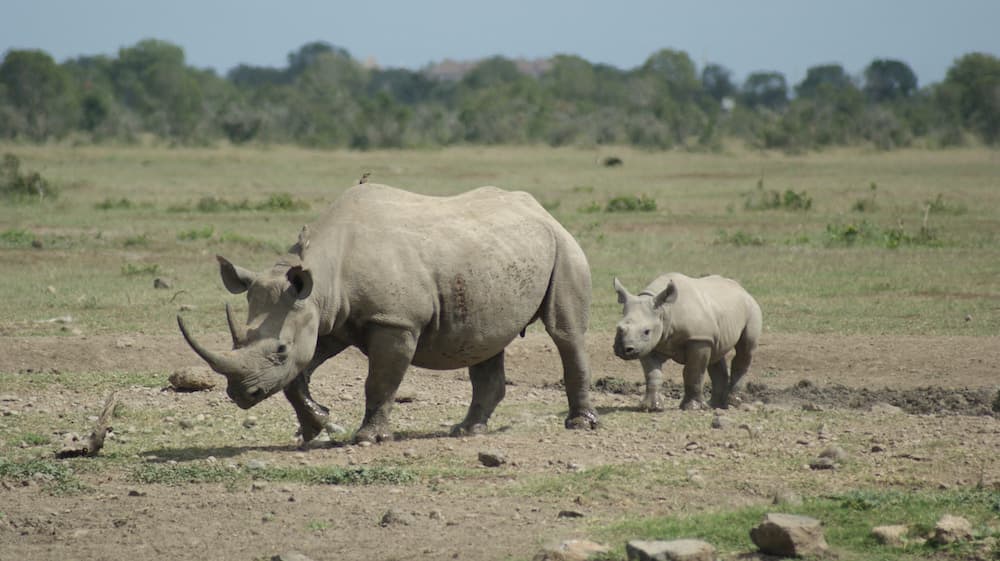
Already since 1993, black rhinos have been threatened with extinction. At the time there were only 2300 left worldwide, now that number has risen again to over 5000. In Ol Pejeta, their numbers have increased from twenty in 1995 to the 140 now, making it worth a visit.
But there is more, as Ol Pejeta is also home to 41 (39 southern and 2 northern) rare white rhinos. These relatively friendly animals are easy to find, giving you a chance to see them up close.
9. Aberdare National Park
The Aberdare Mountains are characterized by densely wooded hills, swamps, beautiful trees and waterfalls. Since 1950, this nature has been protected: that's when the Aberdare National Park was established.
If you enjoy traveling through mountains, Aberdare National Park is highly recommended. It is the highest nature park in Kenya, at an altitude of up to 4000 meters (13123 ft). Most travelers skip Aberdare, which makes your nature experience even more pure.
The surroundings consist of grass fields, swamps, valleys, streams, bamboo forests and waterfalls. Nature in Aberdare National Park is lush and green - yet you can see many animals here. There live elephants, leopards, buffalo, lions, baboons, monkeys, (rare Bongo) antelopes, waterbucks, wild dogs, hyenas, duikers, elands and rhinos. There are more than two hundred and fifty bird species. 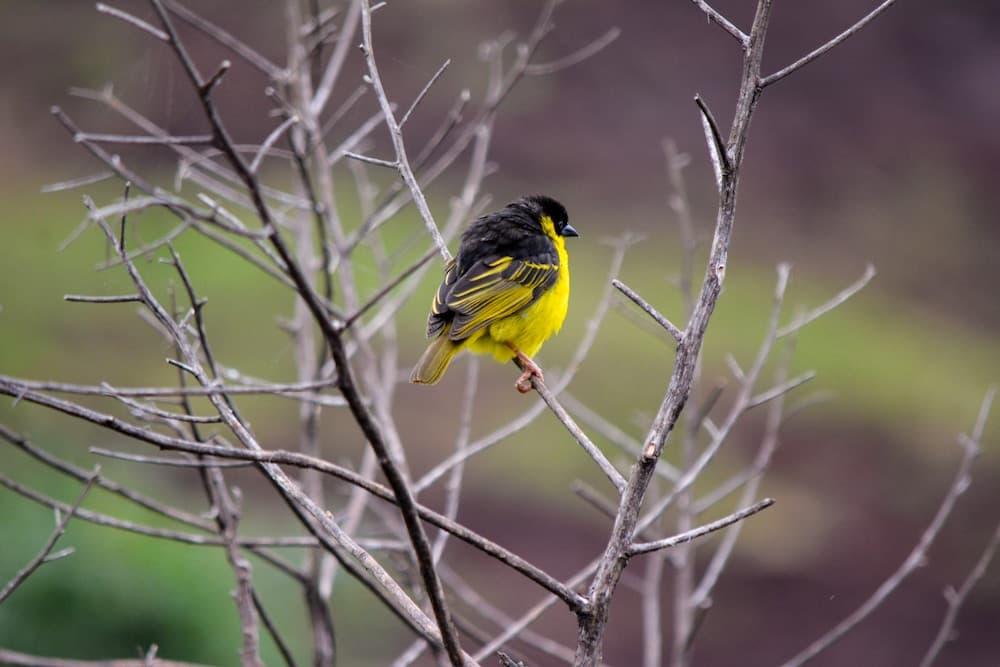
10. Lewa Wildlife Conservancy
Lewa Wildlife Conservancy covers 65,000 acres of pristine African wilderness. With dramatic views of the white peaks of Mount Kenya to the south and arid landscapes to the north, Lewa showcases a range of diverse habitats of upland forests, open grasslands, clear mountain springs and acacia forests. 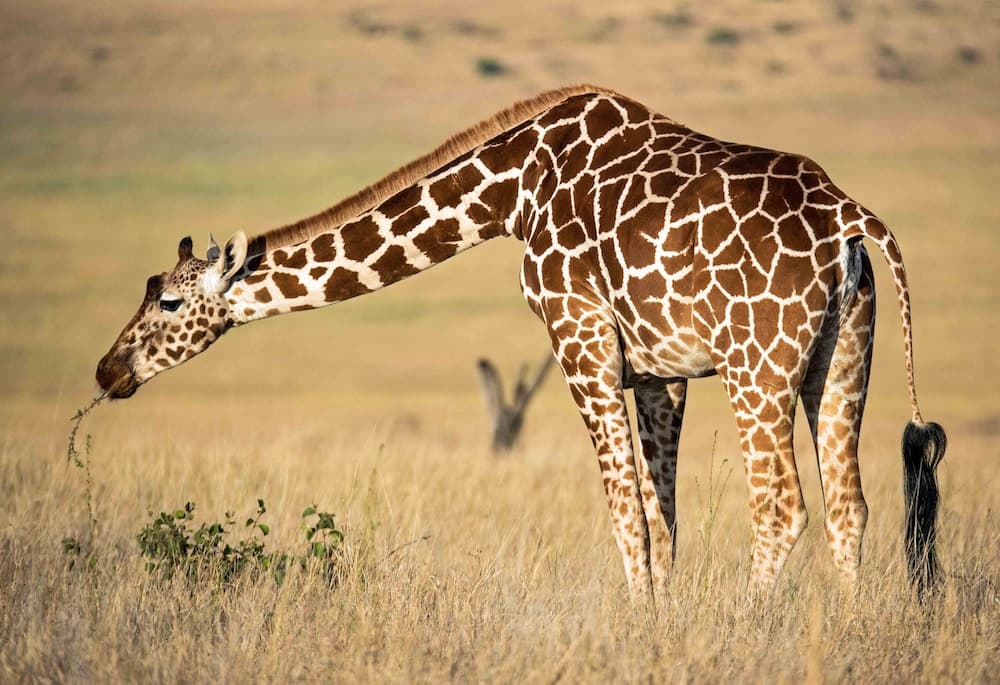
The area is home to more than 70 different species of animals that roam the grasslands at the foot of Mount Kenya. In addition to game drives, you can also participate in adventurous walks across the reserve to get even closer to nature. To learn about the local culture, you will have the opportunity to visit a nearby Samburu village, where you will learn about unique customs and ancient traditions.